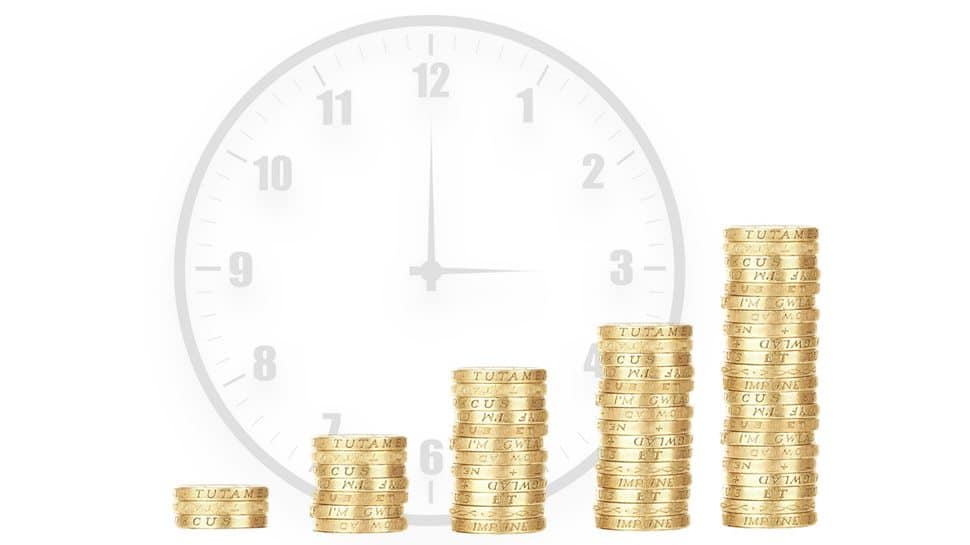Types of Fixed Deposits: From Standard FD to Tax Saving, Flexi, Callable, Non-callable FDs explained
)
As the name suggests, the Standard Fixed Deposit is the basic type of FD where you park your money for a fixed term ranging from 7 days to 10 years. The interest rates are pre-defined and are higher than the regular savings account. You can also get loan and overdraft facilities against the standard FDs. (Pixabay photo)

The tax-saving fixed deposits come with a lock-in period. This means, it cannot be withdrawn before that tenure. Also, loan and overdraft facilities are not available against tax-saving FDs. This is for those people who wish to claim tax exemptions of up to Rs 1.5 lakh under Section 80C of the Income Tax Act. (Pixabay photo)

As the name suggests, Cumulative FDs provide returns as per the compounding formula. The interest on these FDs gets compounded as per the interval of the investor's choice and is added to the principal amount. The return is paid on the maturity of the FD. (Pixabay photo)

Non-cumulative FDs allow investors to get payment of the interest at regular intervals. It's a good choice for those who look to invest for a regular income. They can get the interest paid in their bank accounts monthly, quarterly, half-yearly and yearly basis. (Pixabay photo)

Senior Citizen’s FD is for people aged 60 years and more. Banks offer a higher return to senior citizens than to non-senior citizen FDs or standard FDs. (Pixabay photo)

Flexi FDs come with the convenience and flexibility of an FD as well as a savings account. They have features of both the products and give benefits of FDs, this means you get the higher interest rates of FDs plus the liquidity of savings accounts. (Pixabay photo)

